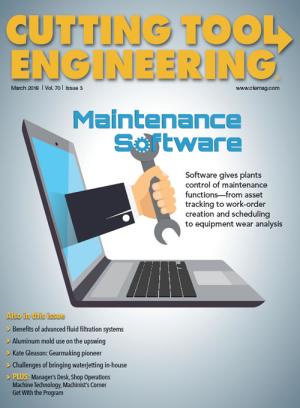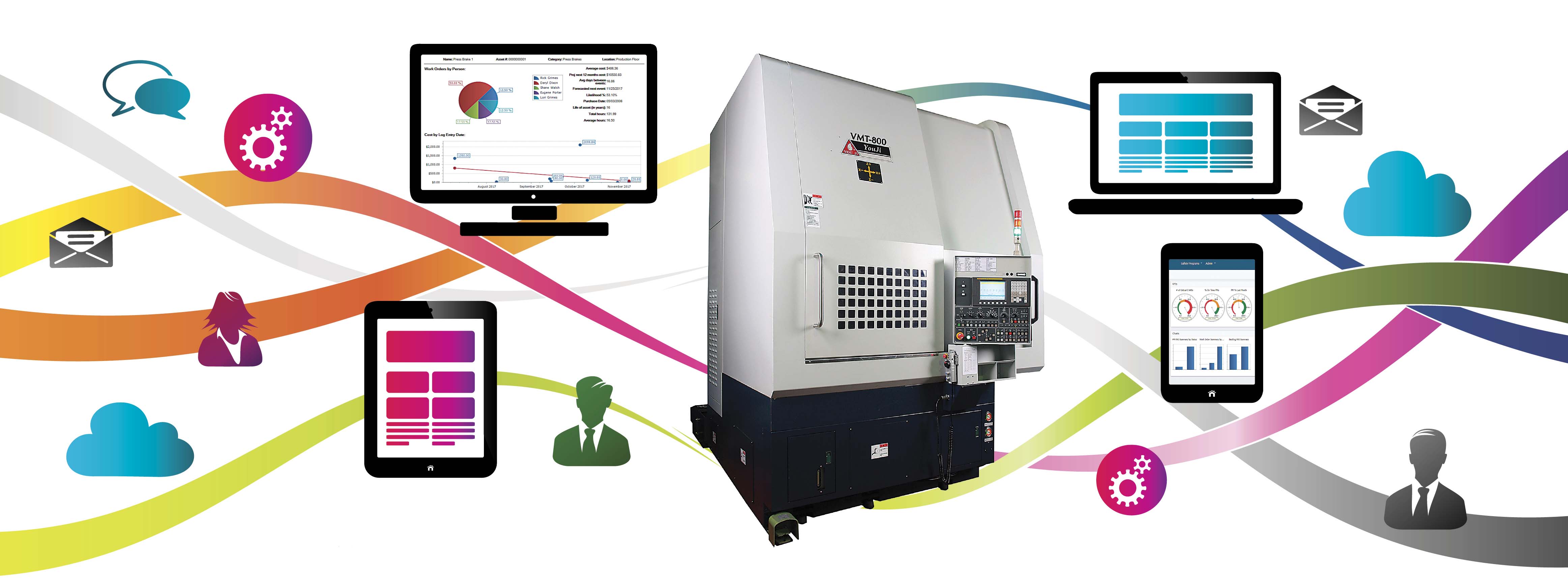
It used to be that a machine maintenance program meant little more than regular lubrication or replacing components when they started acting up—hopefully, before taking the machine out of service.
Not anymore. The stakes are much higher today. Shops must be more proactive in their maintenance duties, and they should aim to optimize every operational aspect of their CNC equipment.
Fortunately, an excellent tool is available that helps do exactly that.
Essential Assets
This wonder wrench is called a computerized maintenance management system (CMMS). Paul Lachance, senior manufacturing adviser at Dude Solutions Inc., Cary, N.C., describes it as a tool that enables manufacturers to initiate, assign and track the progress of all maintenance activities, with “in-depth reporting and analytics capabilities that empower manufacturers to increase productivity and streamline operations more effectively and easier than ever before.”
That all sounds great, but what exactly does a CMMS do, and why can’t people keep managing their maintenance activities in Microsoft Excel? According to Lachance, it’s difficult to compare CMMS with spreadsheets or homegrown software.
“Here’s a simple example,” he said. “Excel can’t provide automated reminders and notifications like a CMMS can. So you never hear about a problem on a machine until it’s too late, and now you’re facing unplanned downtime. Between expedited parts and labor costs—never mind falling behind on your production schedule—it can get very expensive.”
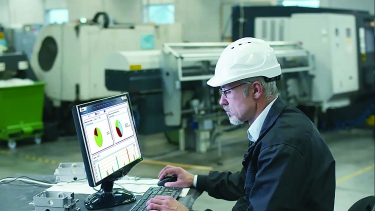
CMMSes bring important information to the production floor, front office and people on the go. Image courtesy of Eagle Technology.
Other CMMS functions include asset tracking; maintenance work order creation and scheduling; management of spare parts inventory; and safety monitoring, reporting and analysis. These capabilities are available at an office desk, on the production floor, at home or on the golf course.
CMMS is often fully integrated with a company’s ERP (enterprise resource planning) software and in continuous communication with any machine tools and production equipment that are part of the industrial internet of things. Try that with Excel.
Own It
Before ditching a manual system for a CMMS, though, it would be wise to heed the advice of eMaint Enterprises LLC’s Greg Perry: Get buy-in first.
“You can spend a lot of money on CMMS, but if no one uses it or your team doesn’t make it part of their daily routine, it’s money down the drain,” said the senior consultant at eMaint, a Fluke company with U.S. offices in Bonita Springs, Fla., and Marlton, N.J. “Software implementations are doomed unless the team is behind it. The only true path to a positive return on investment comes from ownership. You can’t, and never will, implement a culture of reliability by focusing on the software alone. Success comes from the people” who use the CMMS.
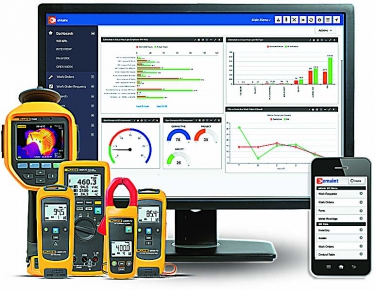
Many CMMS packages have mobile capabilities and can receive input from external sensors and devices. Image courtesy of Fluke Accelix.
Team buy-in aside, implementation must be kept as simple as possible, he said. The CMMS provider should offer training and setup assistance, including on-site boot camps and web-based workshops. It also helps if the software is easy to use.
“A simple and intuitive interface makes managing maintenance activities easy for any team, so look for a provider that offers this. Features like a work-request manager eliminate phone calls and sticky notes by allowing all service activity to be managed online,” Perry said, adding that having a cloud-based system allows maintenance managers and technicians to view and enter information from anywhere at any time.
Along the way, make sure the foundation is sound. Throwing cash at software does not fix the inaccuracy or incompleteness of data, Perry said. Software doesn’t motivate staff, create company vision, develop objectives or improve processes—it only manages those items. If any of those are in bad shape, a company will end up with expensive technology that does little to promote shop-floor efficiency.
Virtual Toolboxes
Harshad Shah, president of Eagle Technology Inc., Mequon, Wis., agreed, adding that a partnership with a qualified software vendor is equally important and that shops should walk before they attempt to run. “It’s often best to start with a small pilot project: a couple of CNC machines or an important production cell. Perfect the system based on that. It then becomes much easier to roll it out to the rest of the plant.”
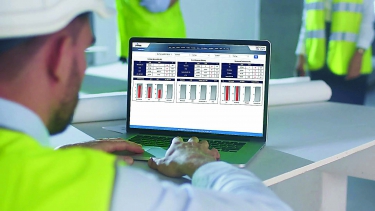
Ready access to key performance indicators helps maintenance employees make better decisions. Image courtesy of Eagle Technology.
Shah added that it’s also easier to secure additional funding once management can see the benefits that come with a properly implemented CMMS.
Partnering is helpful in other ways too. For example, software providers can offer tools to assist with migration of legacy data and integration to machine tool sensors, programmable logic controllers and other sources of shop-floor data.
Shah also agreed that the cloud is the place to be these days. “The cloud allows us to offer scalable technology,” he said. “It provides reasonable pricing to our customers and makes implementation and ongoing IT management easier.” He noted there’s no up-front investment in a server or storage. All users need is an internet connection; the rest is managed by the provider.
“Virtually all of our customers have migrated to the cloud in recent years,” Shah said. “It gives us the ability to provide much better service, faster deployment and more-robust features and capabilities. With that in mind, there’s really no reason why even a very small shop with a handful of machines shouldn’t adopt a CMMS strategy and expect a good return on investment as a result.”
Related Glossary Terms
- computer numerical control ( CNC)
computer numerical control ( CNC)
Microprocessor-based controller dedicated to a machine tool that permits the creation or modification of parts. Programmed numerical control activates the machine’s servos and spindle drives and controls the various machining operations. See DNC, direct numerical control; NC, numerical control.
Contributors
Dude Solutions Inc.
(866) 455-3833
www.dudesolutions.com
Eagle Technology Inc.
(262) 241-3845
www.eaglecmms.com
eMaint Enterprises LLC
NJ: (856) 810-2700
FL: (239) 494-8928
www.emaint.com


